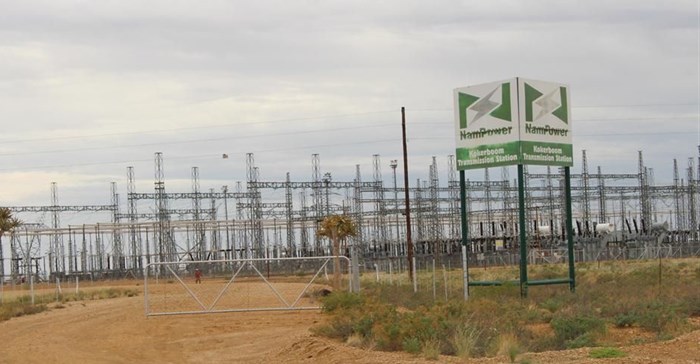
Top stories




This will also stimulate competition as well as private sector investment, said Stanley Simataa, information and communication technology minister. "Since we are opening up, you will also have foreign entities investing in the energy sector."
He noted that in the event where foreign investors are interested in investing in the energy sector, they should be persuaded to form joint ventures with Namibian entities.
This is part of Namibia's plan to achieve energy supply security through a mix of economically competitive and reliable sources, with emphasis on the development of its own generating capacity, said President Hage Geingob in his state of the nation address in the National Assembly (NA).
The country's electricity demand stood at 652MW in December 2018, excluding the Skorpion Zinc mine, which gets its electricity supply directly from Eskom.
The country increased local generating capacity from 400MW in 2015 to 557 megawatts in 2018 through NamPower and IPPs.
The president said Namibia generates 40% of its own electricity demand from renewable sources, which contribute a total of 189 megawatts to the national supply.
"The unbundling of distribution is a key reform which has opened up the sector for investment, to the tune of N$3bn," said Geingob.